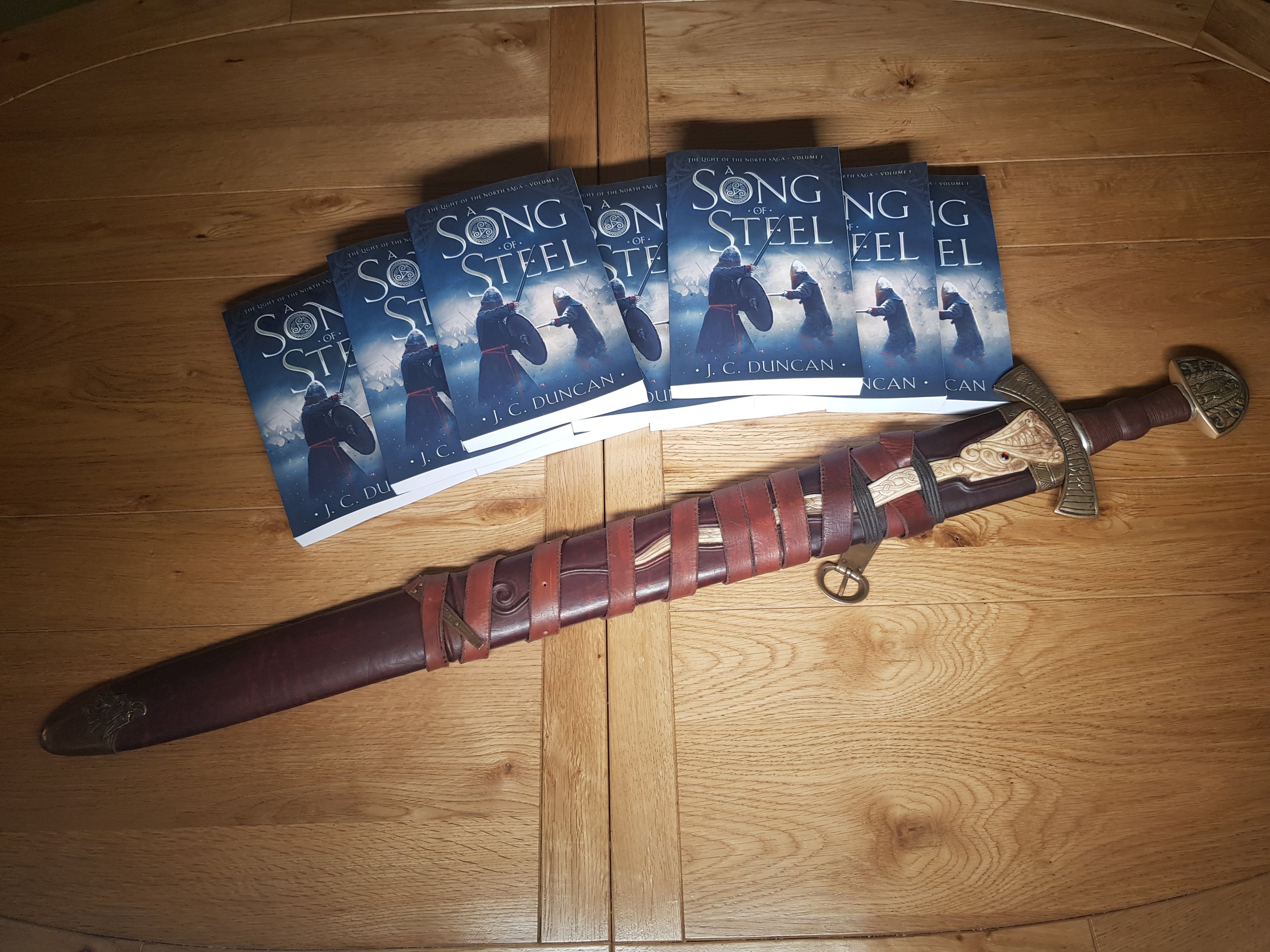
‘The pen is mightier than the sword.’ - Edward Bulwer-Lytton, 1839
‘Have both.’ - me, Sometime in 2018
A brief history of me.
I have always been, and always wanted to be, a creator of ‘things’. I always enjoyed and took great satisfaction from working with my hands and my imagination. When I was young it was model boats made from wood and glue, airfix kits, K-nex vehicles, bows and arrows made in my grandparent’s garden. As I grew older it was an engineering degree, long afternoons in the workshops making contraptions and gadgets. When I went to my first professional engineering design jobs it was prototypes and mechanisms and products and all manner of gadgets. As I progressed, my professional work became gradually more about management, spreadsheets, meetings, graphs and presentations, audits and inspections. As my career developed, it took me further and further from the thing that got me into engineering in the first place. The desire to create things.
A couple of years ago, my work went part time, and I realised I had the time, and the opportunity, to do something creative again. I found my way to writing.
I have always loved to read, and always wanted to write. But writing alone was not enough, trading one desk job for another. I needed to make stuff, I wanted to make something beautiful and functional, art that serves a purpose. That is how I stumbled across bladesmithing, an ancient craft, truly one of the oldest in all of human existence. Blades were some of the first tools made by living beings, so ancient they weren’t even human yet. The first stone blade was made by our ancestors sometime over 3 million years ago. There is nothing in our history as deeply embedded as the making and using of blades, except, possibly, the hammer. for without a hammer, you cannot make a blade.
And so I went to a one day lesson on knifemaking, and from the first time I laid a hammer on hot steel, I was hooked. I was stuck, trapped without hope in the art of forming steel into shape, harnessing it to your will. The roar of the forge, the heat, the blows of the hammer and the glowing metal moving around, its completely intoxicating. The class was being run by Steve Nowacki, a champion bladesmith and superb artist. After the first session he came up to me with a knowing grin and said ‘You know you will never escape this right? I can see it, you are already lost.’ I smiled back and lied that I was in control of my own life choices, but I knew he was right, he could see it in me straight away. We’ve been friends ever since, and he is still smug about it.
When I started writing, I suppose it was inevitable it would have something to do with bladesmithing. My first series, ‘The Light of the North saga’, is a saga of a mythical sword, and the legendary warrior-smith who wielded it. Set in a fictional alternate history of the end of the Viking age, against a backdrop of a climactic struggle between the Norse and the Christian states of western Europe, a struggle for conquest and survival. As the Norse world falls apart, a sword is forged that has the future of the people tied to it by fate, and by the gods, or so the seer tells it. Ljós a Norðan, ‘The light of the north’, the sword becomes the symbol of the resistance, but a sword is nothing without a hand to wield it, and from the chaos a reluctant hero emerges to bear it, and gives the people their last great weapon; hope.
Do not weep for me when I am gone
Do not dwell with tender thought on lazy days gone by
Do not ponder if you could have saved me from the anvil and the pen
For nothing could save fate’s hand from guiding me there again
Do not let your heart grow heavy with love’s lost hope
Do not spend your day’s long hours staring forlorn at the sky
Do not blame the self whose image reflected in the glass you see
For I’m only in the workshop, and I’ll be back in time for tea
A bladesmith’s wife: James Simonds - 2020




